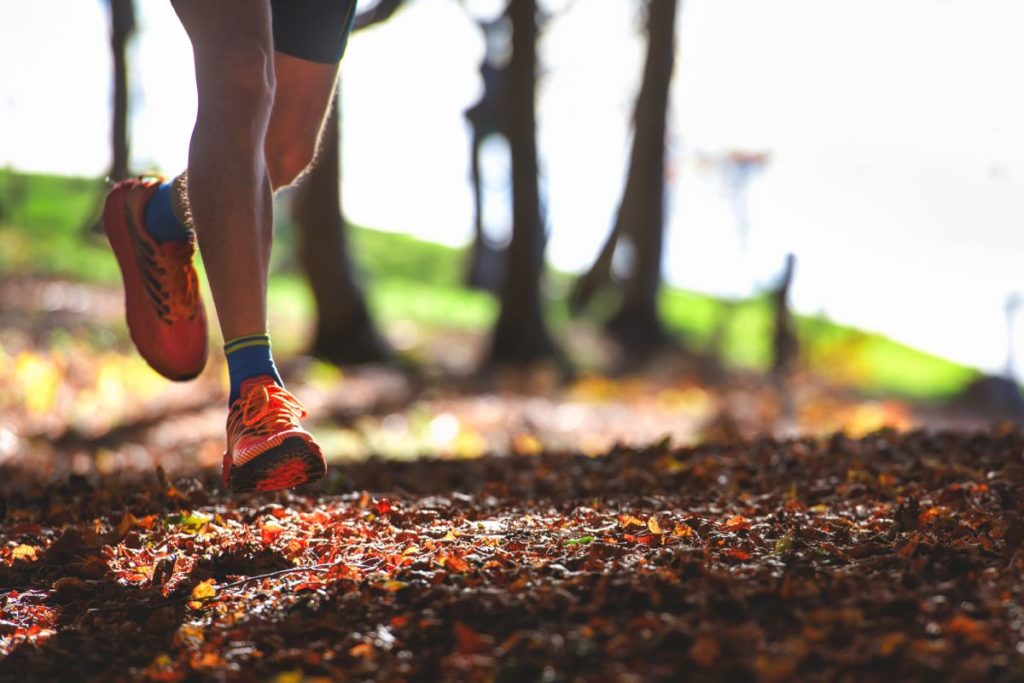There are a lot of runners who train at high altitudes, but why do runners train at high altitudes? Learn more in this article.
If you want to become a better runner, practice makes perfect, and you need to think carefully about your training regimen to push yourself to be the best runner you can be. That is why a lot of runners decide to train at high altitudes. When you go up to a higher altitude, your body has to make more red blood cells to compensate for the lack of oxygen, which can help you increase your endurance.
The Impact Of Altitude Training

After only a few seconds of running, you will find yourself starting to breathe harder. When you get really tired, you may start to “suck wind.”
In this case, the rate-limiting factor isn’t necessarily the amount of oxygen you draw in with every breath. Instead, the rate-limiting factor is the number of red blood cells available to carry oxygen to your body. Even though the blood vessels in the middle of your body may dilate to increase the blood flow to the lungs, you only have so many red blood cells available.
That is where altitude training can be helpful. When you go up to higher altitude levels, there is not as much oxygen available. Even going up in altitude a few thousand feet can significantly affect the amount of oxygen available.
Your body will compensate for the drop in oxygen by making more red blood cells. This means that you will have more red blood cells available to carry oxygen from your lungs to the rest of your body. Plus, this training can even improve the amount of oxygen you take in, to begin with, which can improve performance.
Altitude training can improve your tolerance to lactic acid, which is a major cause of cramps during activity.
You might also find our guide on creating a weekly running schedule helpful.
Tips For Maximizing Altitude Training

If you plan on training at a higher altitude to help you become a better runner, there are a few tips you need to follow. They include:
- Give your body time to adjust: During your first few days of altitude training, you will need to change your training habits as you will not be able to run as fast or as far as you do at sea level. It will take a few days for your body to adjust, so be kind to yourself.
- Drink extra fluid: For your body to make more red blood cells, it needs to have more fluids available. Before you travel to your altitude location, try to drink a few extra bottles of water every day.
- Use hills and intervals: With a lot of extra red blood cells, you will need to push yourself harder to get more out of your training. You may want to run hills at a higher altitude to get your heart rate up. You may also want to try interval training to push your muscles a bit further.
If you really want to maximize the results of altitude training, you can restrict your oxygen intake even further by putting on a hypoxic training mask. It is up to you to decide what type of training you need. Only practice altitude training with the help of a professional.
Check out our tips for achieving a running mindset.
How Long Do The Extra Red Blood Cells Stay In Your Body?
Even though the effects of altitude training can be significant, they are not permanent. It is difficult to predict exactly how long those extra red blood cells linger, but most medical experts believe they stick around for a few weeks.
Therefore, if you want to maximize the benefits of altitude training, you may want to do so shortly before your scheduled race. After a few weeks, your body will get rid of the extra red blood cells to prevent potential clotting disorders.
You may also be interested in our explainer on why do runners wear sleeves on their arms.



